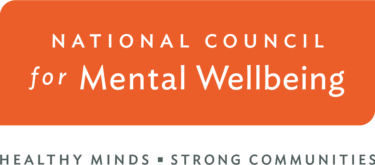Overdose death in the United States has increased at an alarming rate since the onset of the COVID-19 pandemic with an increase of 30% in 2020 compared to 2019. Despite rising rates of overdose, substance use-related harms are preventable. Evidence-based practices exist across a continuum of care for people at risk of overdose; however, people at risk of overdose often face significant challenges accessing treatment and navigating systems of care. To help public health practitioners prevent overdose, the National Council for Mental Wellbeing, in partnership with the Centers for Disease Control and Prevention, developed the following resources and tools.
Intentionally Including People with Lived and Living Experience: A Series of Tools and Resources
Ensuring the Inclusion of People with Lived and Living Experience in Health Departments’ Overdose Surveillance and Prevention Efforts: An Overview
Hiring People With Lived and Living Experience Within Local and State Health Departments
Voices From the Field: Centering Lived and Living Experience in Overdose Prevention (webinar recording)
Workforce Development Resources
Establishing Peer Support Services for Overdose Response: Strategies from the Field (webinar recording)
Linkage to Care to Prevent Overdose: Strategies from the Field (webinar recording)
Substance Use Updates
Receive the latest news, research and resources related to prevention, treatment and recovery by subscribing to the Substance Use Monthly newsletter.
The publications were supported by the Centers for Disease Control and Prevention (CDC) of the U.S. Department of Health and Human Services (HHS) as part of a financial assistance award totaling $248,980 with 100% funded by CDC/HHS. The contents are those of the author(s) and do not necessarily represent the official views of, nor an endorsement by, CDC/HHS or the U.S. government.

